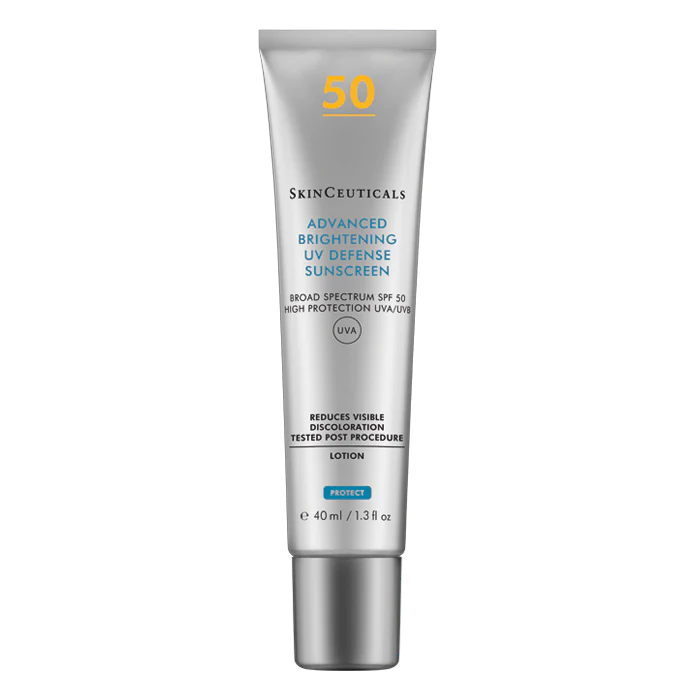Hyperpigmentation is often the byproduct of common skin conditions, such as acne, which can leave behind discoloured scars, or can be caused by unprotected exposure to the sun. As a result, spots and scars darken as they become more melanated than other parts of your skin. Hyperpigmentation simply refers to areas of the skin that are darker (more pigmented) than the skin’s natural tone. There are various types of hyperpigmentation which all relate to the same issue but are caused by different things.
The word hyperpigmentation is the umbrella term that loops together many different types and causes of excess pigmentation issues, from hormonal melasma, sun spots, age spots to PIP (Post Inflammatory Pigmentation) caused by scaring such as acne scaring or injury.
Hyperpigmentation is caused by increased melanin production. Our skin has specialised cells, called melanocytes, which produce the dark pigment, melanin. It gives skin its colour and some natural protection from sunlight, but over-exposure to sunlight, hormonal influences, ageing and skin injury or inflammation can cause an increase in melanin and trigger hyperpigmentation.
How long do hyperpigmentation products take to work?
Between 6-8 weeks, so at least 1-3 skin cycles, which allows melanin to ‘grow out’. However, many see a dramatic difference in much less time, depending the cause and type of hyper-pigmentation.
What is the best way to treat hyperpigmentation?
SPF is the most significant step you can take in terms of prevention. “It’s important to remember the sun’s rays affect skin even on cloudy days (80% of the sun’s harmful effect still hit the skin on cloudy days), so it’s vital to give your skin the daily protection it needs with an effective UVA and UVB protection to prevent the formation of additional sun-induced pigment spots. Limiting skin’s exposure to the sun will also help to reduce instances of hyperpigmentation. Try to keep out of the sun during its most intense hours and wear protective clothing including sunhats and sun glasses when possible. When skin is exposed to the sun, apply and regularly reapply a quality sun protection product.
Contrary to popular belief, these can be used on darker skin tones. When it comes to products, opt for those containing AHA’s (alpha hydroxy acids) to stimulate cell renewal, and also look for look for Tyrosine suppressants such as mandalic and kojic acid. Tyrosine is an enzyme that helps our bodies to produce melanin so if you block this tyrosine pathway, then you’ll be less reactive to UV wounds/trauma.
- Phloretin CF
- Discolouration Defence
- Advanced Brightening SPF 50
- Retinol or Glyolic 10
Hydration.
Protect & heal any skin barrier issues.
Transexamic Acid ?
Tranexamic acid is a synthetic molecule with a similar structure to the naturally occurring amino acid lysine. Lysine typically helps with skin’s firmness as it’s required for the production of the protein collagen.
In skincare, tranexamic acid is primarily used as an ingredient that helps brighten dark spots and improve pigmentation.
Tranexamic acid slows the production of melanin by inhibiting a pathway known as the plasminogen/plasmin pathway. By doing so, it reduces the interactions between our pigment-producing cells (melanocytes) and skin cells (keratinocytes) and this leads to a reduction in pigmentation, particularly in melasma.
It is the active ingredient in Discolouration Defence & Advanced Brightening SPF 50 .
Great products / great ingredients.




















































